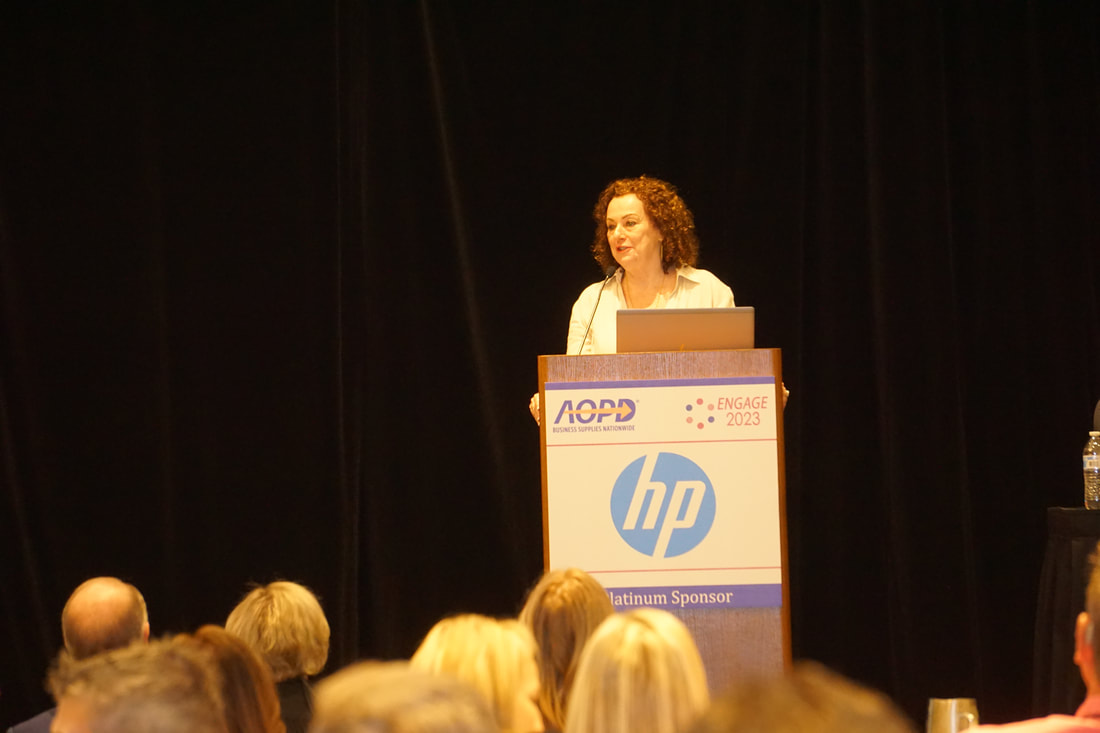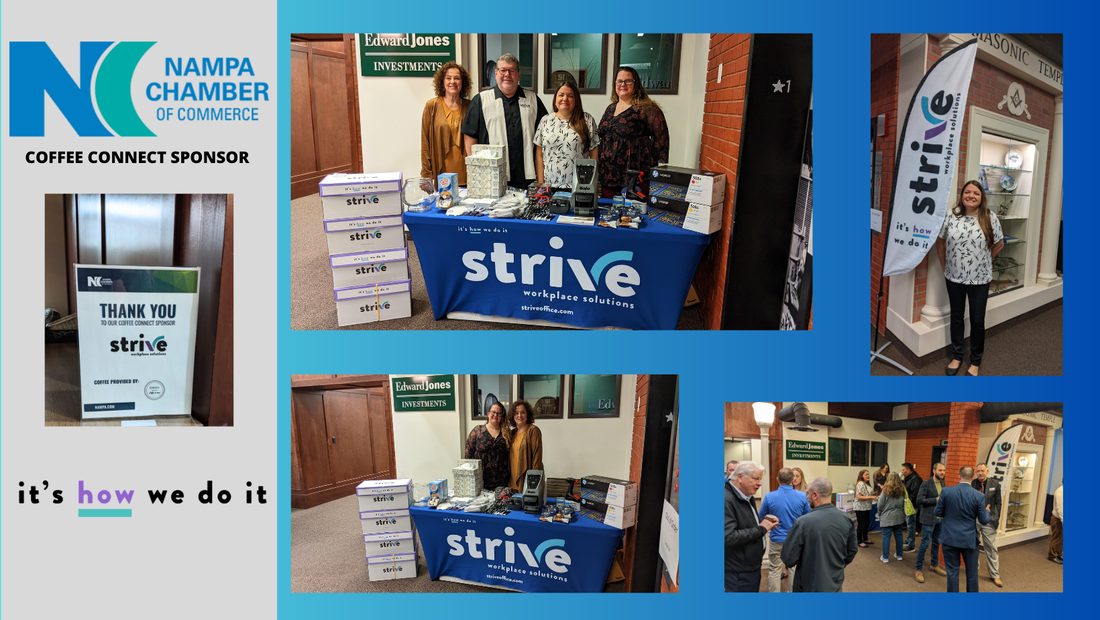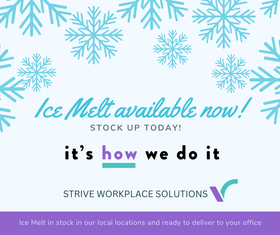|
Strive recently participated in the Metropolitan Business Association's Golf and Corn hole tournament at the Glendoveer Golf Course in Portland, Oregon. It was a great event to generate funds for the Junior Achievement of Oregon and Southwest Washington Program. Thanks to all the participants and vendors.
0 Comments
As the leaves start to change color and the air gets a bit crisper, it's time to start thinking about fall coffee flavors. These warm and comforting drinks are the perfect way to cozy up on a cool morning, and many choices are available, such as: Pumpkin SpiceMellow light roast coffee with a flavorful mix of creamy flavors including cinnamon and nutmeg, reminiscent of your favorite pumpkin pie. Beverage Type: Coffee; Flavor: Pumpkin Spice; Roast Type: Light; Packing Type: K-Cup®. BUY NOW Hot Apple CiderTake a sip of Motts Hot Apple Cider and let the crisp taste of freshly, ripened apples, made cozy with a hint of cinnamon, warm you. BUY NOW Cinnabon Classic Cinnamon RollWe've combined the indulgent taste and irresistible aroma of Cinnabon® cinnamon rolls with the finest 100% Arabica coffee beans into a cup of delicious perfection. BUY NOW Maple PecanAs has been reported in several news sources, there is the possibility of a UPS strike beginning August 1st. As UPS and their Union continue negotiations, we are recommending Strive customers that are receiving their orders, drop shipped via UPS to increase their order size to prepare for the possible Strike beginning August 1, 2023.
If you have any questions, please contact your local Strive office and we’ll be happy to assist you. Strike update - see story Strive Workplace Solutions is excited to announce its newest location in St George, Utah. "We had the opportunity to expand into the Southern Utah market with two industry veteran salespeople and an experienced warehouse/delivery manager, and we jumped on it" stated Strive President Jeff Lurcook. "We look forward to serving this market (Cedar City, Utah south to Mesquite, Nevada) from our new St George operation" Lurcook added.
What a fun time at Davis County Chamber of Commerce Charity Golf Tournament. Strive sponsored the par 5 17th hole. Jeff Lurcook, Jeff WIlliams and Lance Wolfley representing Strive.
Last week Strive hosted the Redmond Chamber of Commerce Coffee Clatter Event. It is our pleasure to support this great chamber and community.
In our continuing support of local Redmond businesses we brought goodies from La Frontera Bakery and coffee from Tite Knot Coffee for attendees to enjoy, both businesses located in Redmond. There were several team members from our Bend, Oregon location at the event Including Nick Irwin, Account Manager who spoke about Strive products and services and our local connection to Central Oregon businesses. Our own Pam Savory (CEnO) (comment below on what you think Pam's title of "CEnO" stands for,) speaking at the A.O.P.D. conference on the importance of business relationships. Strive is proud to build a culture based on strengths, collaboration and relationships. Building an environment where people like coming to work because they have value, are part of a team with a common goal (of offering the best service with competitive prices in the industry) and feel heard and appreciated. AOPD is a network of locally owned and independent businesses that provide personalized service, seamless distribution and tailored procurement solutions to improve your workflow and productivity. In addition to over 500 contracts, AOPD (thus Strive) participates in following corporate contracts:
It was our pleasure to sponsor the Nampa Chamber Of Commerce “Coffee Connect" event this month.
The city of Nampa is thriving and we were delighted to meet so many of the local leaders, learn about their businesses and share how Strive can make a difference in their business. Pictured below: Pam Savory, CEnO (owner) - Jeff Lurcook, President - Stacie Crust, Account Manager and Amber Hall, Customer Care Team. At Strive, we’re all about the local communities we’re in and supporting our fellow small business owners.
Part of this is our involvement with the Chamber Of Commerce in each of our locations. Supporting local businesses and networking with leaders from other companies is why Strive is committed to our membership in the Chamber of Commerce. Last week, Strive attended the Redmond Chamber of Commerce annual awards dinner. Accepting the award for the Best Customer Service 2022 on behalf of our entire Bend Team was Kathy Madison and Giavonna Hughes. We are honored to have received this award from the Redmond Chamber of Commerce and appreciate the support from the local business community. Not Pictured: Bill Rosen, Chris Martinson and Toryn Folston As we approach the holiday season and the weather is turning colder, it’s a good reminder to stock up on Ice Melt to help keep your employees and customers safe.
We currently have stock on hand in our local locations and available for immediate delivery.
Order online or chat with our customer care team. |
ARCHIVES
July 2024
Categories
All
|






























